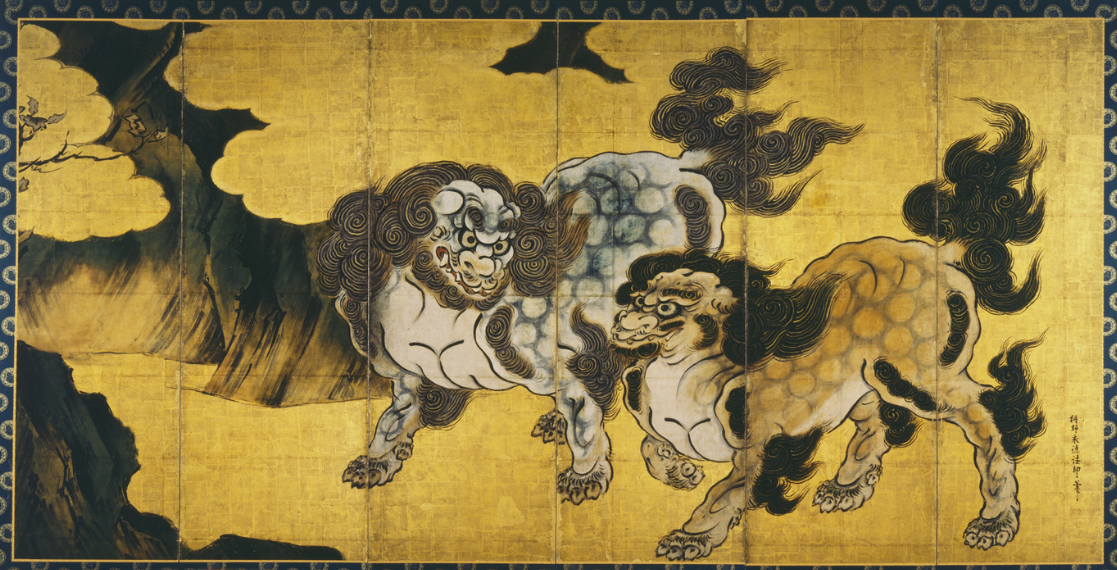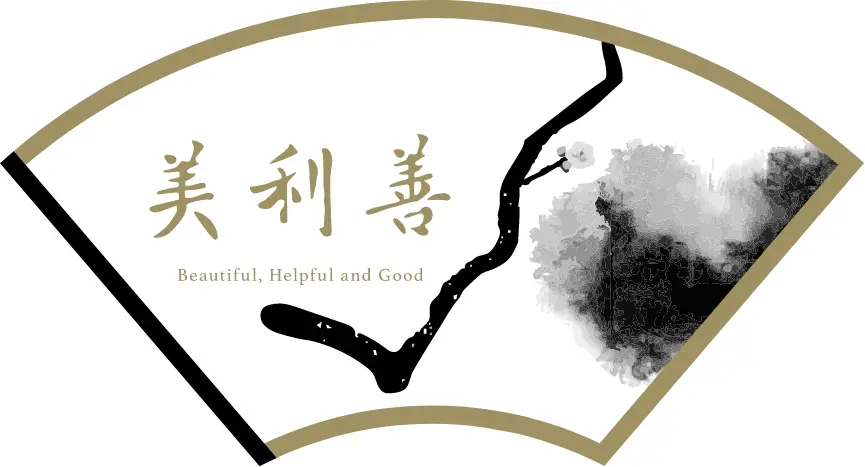Digital Archives for the Future -Part 1

Azuchi Castle was built in 1576 (Tensho 4) at the behest of the warlord, Oda Nobunaga (1534-1582). It was subsequently abandoned in 1585 (Tensho 13), three years after the Honnoji incident.
Since 2019, Shiga Prefecture has been engaged in the restoration of the “Phantom Azuchi Castle”. Our company is also cooperating in providing information on materials related to Azuchi Castle.
With its huge stone walls and towering keep, it had a revolutionary exterior and interior, making full use of the best technology of the time, and the missionary Luís Fróis (1532-1597), who actually visited the castle, wrote in his book “Historia de Japam” that “in terms of structure and solidity, treasure and magnificence, they can be compared with the most magnificent castles in Europe.”
It has been more than 400 years since Azuchi Castle was reduced to ruins. Although diligent excavation and research continue, it is not easy to restore the appearance of the castle from the few remains and documents that remain.
One of the most significant pieces of evidence is the Azuchi Yamazu Byobu (Mt. Azuchi folding screen). According to the same book of Historia de Japam, “Nobunaga had the most skilled craftsmen in Japan create this screen and ordered them to depict Azuchi Castle and the town of Azuchi exactly as they were”.
“The Murals in the Kondō Hall of Hōryūji Temple” and “Amusement under the Blossoms” are among the most famous examples of cultural properties that were lost due to man-made or natural disasters, but were restored from surviving photographs.
Therefore, if the screen or its photograph that is said to be “exactly the same as the actual scenery” are discovered, the feasibility of restoring Azuchi Castle will increase dramatically.
However, the screen’s current location is also unknown. The last record indicates that it was presented to Pope Gregory XIII (1502-1585) by the Tensho Embassy to Europe in 1585.
Searches are being conducted with the cooperation of various Vatican institutions and international research networks. However, there also seems to be a severe lack of materials that could provide clues.
By the way, what are the benefits of restoring Azuchi Castle through the discovery of the screen or its photograph? We believe that the benefits would extend beyond the economic impact on a particular prefecture or industry.
The history of Azuchi Castle, from its construction to its abandonment, and the process of creating and presenting the screens, are inextricably linked to the domestic and international situation of the time.
We can expect more in-depth research results from the restoration of Azuchi Castle. We believe that it is worthwhile to re-learning important issues such as the Oda and Toyotomi regime during the Age of Exploration and the subsequent ban on Christianity and national isolation, especially when living in today’s international society.
In the next article, we will also discuss the latest technologies that make it easier to recover the important tangible and intangible assets and manage the trading history of them. These are the foundation technologies of our businesses: digital archives and blockchain. We hope you continue to enjoy reading our articles.
Image Source: National Treasure “Chinese Lions” (right screen), by Kano Eitoku, who is said to have painted Azuchi Yamazu Byobu”, Azuchi-Momoyama period, 16th century, The Museum of Imperial Collections, Sannomaru Shozokan

